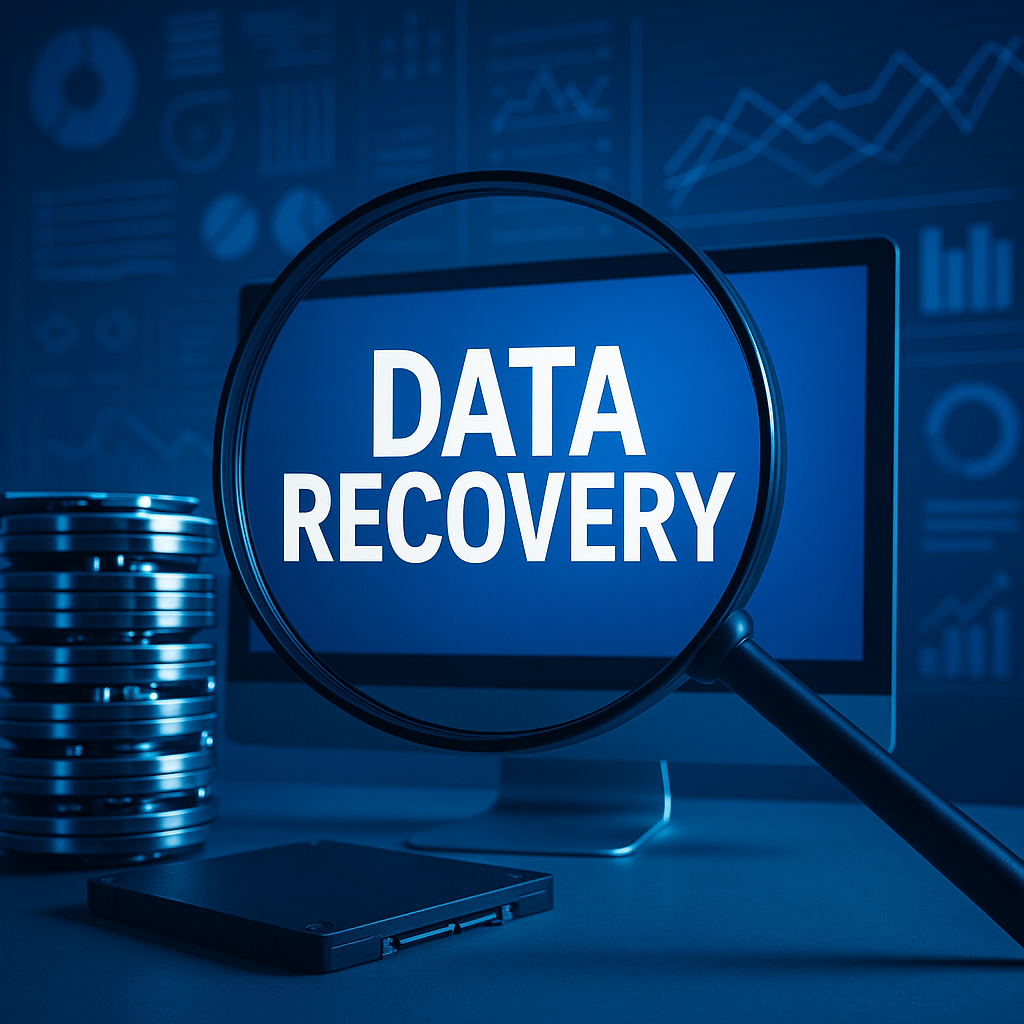In an era where data is not only an asset but also the core engine behind AI, analytics, and innovation, data recovery services are no longer just about protecting backups — they’re about safeguarding the future of digital business.
As highlighted in CRN’s 2025 Storage 100, the 40 coolest vendors in data recovery, observability, and resilience are pushing boundaries with smarter, faster, and more secure technologies. These solutions are evolving beyond traditional recovery to become strategic enablers of value, agility, and trust.
💡 From Simple Backups to Business-Critical Resilience
Traditionally, data recovery was about ensuring continuity — restoring systems after server crashes, human error, or malicious attacks. And while that need hasn’t changed, the stakes have risen dramatically.
Today, businesses don’t just want to recover data — they want to maximize its utility.
Data powers:
-
AI models (like ChatGPT and GenAI)
-
Predictive analytics
-
Product innovation
-
Customer experience optimization
If your systems go down or ransomware locks you out, it’s not just about lost files. It’s about lost momentum, insights, and competitive edge.
🔐 The Ransomware Era: Recovery as a Line of Defense
As ransomware attacks grow more aggressive, data recovery is now the last and most vital line of defense. Cybercriminals are targeting data-rich enterprises with sophisticated tactics, encrypting files and demanding payouts that can cripple operations.
Modern data recovery vendors are fighting back with:
-
Immutable backups
-
Instant recovery capabilities
-
Zero-trust architecture
-
AI-powered threat detection embedded in recovery workflows
In 2025, the best recovery services don’t just restore — they prevent, predict, and protect.
🧠 Recovery Meets AI: The Data Value Loop
Generative AI and large language models thrive on data. Without accessible, accurate, and timely data, your AI investments stall. That’s why leaders are pairing recovery with observability and resilience solutions — ensuring that data is not only backed up but also clean, consistent, and compliant.
The new standard for data recovery services includes:
-
Smart versioning and snapshot analysis
-
Observability integrations for anomaly detection
-
Automated policy enforcement for regulatory compliance
-
Seamless integration with AI training pipelines
🏆 Who’s Leading the Way?
According to CRN’s 2025 Storage 100 list, vendors that combine recovery, observability, and resilience are leading the charge. While the full list features 40 standout providers, some notable trends among them include:
-
Cloud-native recovery platforms with hybrid and multi-cloud flexibility
-
End-to-end automation for faster mean time to recovery (MTTR)
-
Built-in analytics to guide post-incident forensics and optimization
-
Enhanced air-gapping and ransomware rollback features
📈 Why Businesses Are Prioritizing Modern Data Recovery Services
Executives today are asking hard questions:
-
How fast can we bounce back from an outage?
-
What’s the cost of downtime per minute?
-
Is our recovery strategy AI-ready?
Forward-thinking CIOs and IT leaders are treating data recovery as a strategic investment, not an afterthought. In fact, many are integrating recovery capabilities directly into their data governance and cybersecurity frameworks.
🔍 Choosing the Right Data Recovery Partner
When evaluating data recovery solutions in 2025, look for vendors that offer:
✔️ Immutable storage
✔️ Cross-platform support (physical, virtual, cloud)
✔️ Granular recovery options (files, apps, full systems)
✔️ Real-time monitoring and alerts
✔️ Regulatory compliance support
Your provider should offer more than just backups — they should provide business continuity assurance.
🧭 Final Thoughts
In today’s threat landscape, data loss is not a possibility — it’s a certainty. What matters is how fast, secure, and smart your business can respond.
The newest generation of data recovery services combines advanced threat protection, observability, and AI-readiness to deliver more than peace of mind — it delivers business resilience.
Whether you’re a startup or a global enterprise, now’s the time to treat your data recovery strategy as mission-critical infrastructure.
